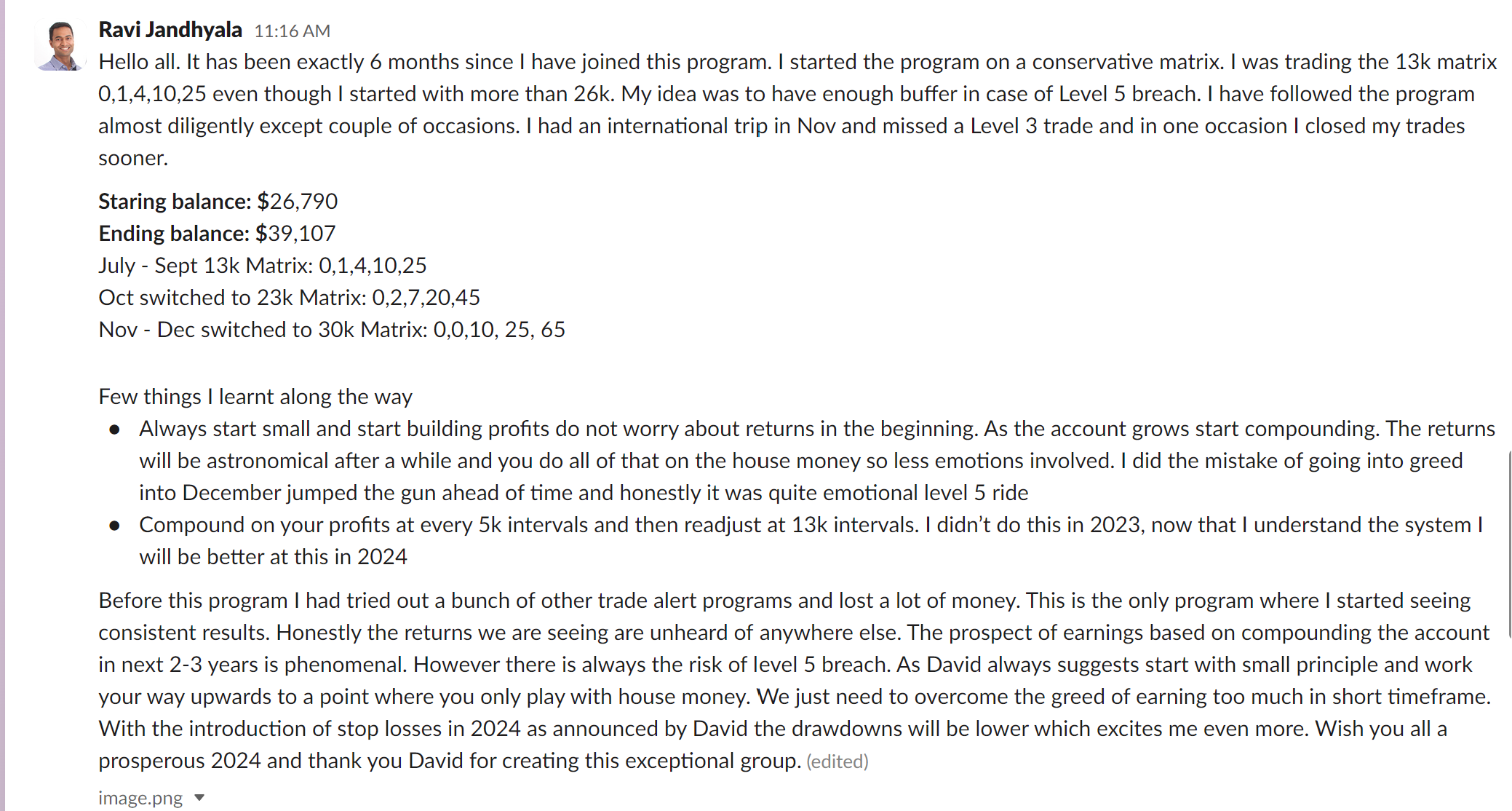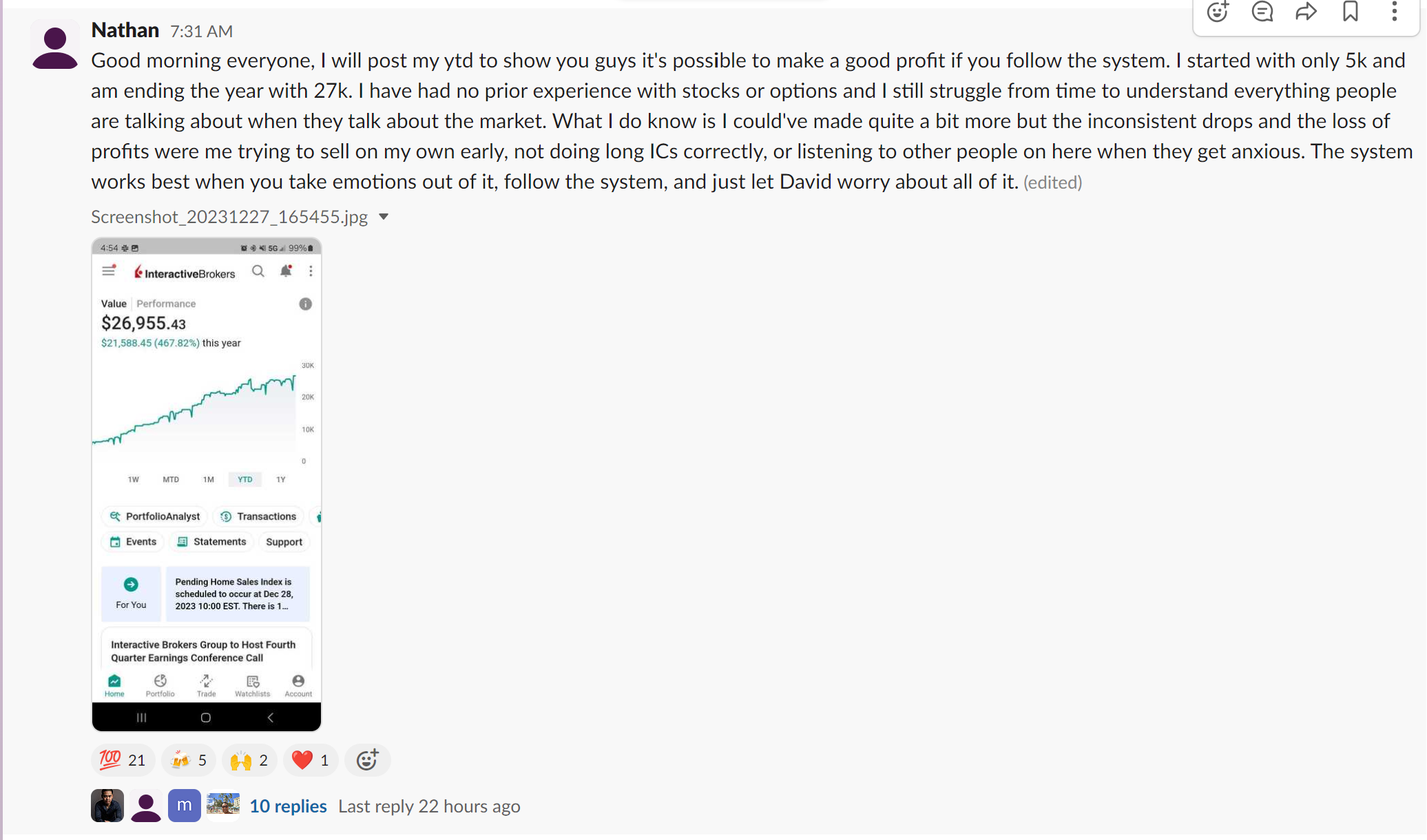Implied volatility is a critical aspect of options trading that can have a significant impact on a trader’s ability to capitalize on market opportunities and manage risk effectively. As a key determinant of options pricing, implied volatility reflects the market’s expectation for future price movements and can help traders assess the potential risks and rewards associated with a given trade. A profound understanding of implied volatility is paramount to unlocking the full potential of options trading in uncertain market conditions.
In this comprehensive guide by InsideOptions, we delve into the world of implied volatility, exploring its relevance for options traders and presenting strategies for leveraging market uncertainty to enhance your trading performance. By investigating the essential components of implied volatility, mastering critical techniques, and implementing innovative tools, traders can optimize their approach to options trading, harnessing the power of implied volatility to maximize market success.
InsideOptions is dedicated to providing traders with the knowledge and resources needed to excel in options trading, including a mastery of implied volatility. Join the InsideOptions community today and start your journey towards leveraging the potential of implied volatility in your options trading endeavors.
1. Implied Volatility Explained: What It Is and Why It Matters for Options Traders
Implied volatility (IV) refers to the market’s expectation of the future price fluctuations of an underlying asset, as reflected in options pricing. It is a vital component for options traders because:
– IV affects options prices: Options with higher IV are generally more expensive, as they represent a higher perceived risk of potential price changes in the underlying asset.
– IV provides an insight into market sentiment: A high IV indicates that the market expects significant price fluctuations in the underlying asset, while a low IV signifies stability or confined price movements.
– IV can be used to assess risks and rewards: By comparing the current IV to historical volatility levels, options traders can gauge potential risks and rewards associated with a specific trade.
2. Analyzing Implied Volatility to Inform Trading Decisions
Options traders can analyze implied volatility using various techniques and tools to inform their trading decisions:
– Historical Volatility Comparison: Comparing the current IV to the historical average can help traders determine if an option is over- or undervalued due to heightened market expectations, thereby informing the decision-making process.
– Implied Volatility Rank (IVR): IVR compares an option’s current IV to its historical high and low levels, providing a better understanding of its context within a given timeframe.
– Implied Volatility Percentile (IVP): IVP denotes the percentage of days over a defined period when the IV was lower than its current level, offering insight into the option’s potential value.
By analyzing implied volatility using these methods, traders can develop a robust understanding of market expectations and make more informed decisions about their positions.
3. Trading Strategies Leveraging Implied Volatility
Several options trading strategies leverage implied volatility to capitalize on market uncertainty:
– Straddles: A long straddle entails the purchase of a call and put option with the same strike price and expiration date. This strategy profits when IV increases or when the underlying asset experiences significant price movements in either direction.
– Strangles: A long strangle involves the purchase of a call and put option with different strike prices but the same expiration date. Like straddles, long strangles profit from increased IV or large price swings in the underlying asset.
– Iron Condors: An iron condor is a neutral strategy comprising a long and short call option, as well as a long and short put option, all with different strike prices but the same expiration date. This strategy profits when IV decreases, and the underlying asset remains relatively stable.
By employing strategies that leverage implied volatility, options traders can adapt to shifting market conditions and capitalize on market uncertainty to maximize their performance.
4. Implied Volatility Scanning Tools and Resources
Several implied volatility scanning tools and resources can help options traders identify market opportunities and make informed decisions:
– Implied Volatility Scanners: These tools, available on popular trading platforms, can filter options based on specific IV criteria, facilitating the identification of potentially undervalued or overvalued options.
– Volatility Indexes: Widely-followed indexes like the Cboe’s Volatility Index (VIX) can provide insights into overall market volatility, helping traders adjust their strategies accordingly.
– Trading Community and Social Media: Engaging with online trading communities or following experienced options traders on social media platforms can offer valuable perspectives and insights into implied volatility.
Utilizing these resources can complement the analysis, offering a more comprehensive understanding of implied volatility and its potential impact on options trading.
Conclusion:
Implied volatility plays a critical role in options trading, offering insights into market expectations and influencing options pricing. By mastering strategies, techniques, and tools related to implied volatility, options traders can seize market opportunities, enhance risk management, and optimize their trading performance.
InsideOptions is committed to empowering traders with the resources, knowledge, and support needed to excel in options trading, including the mastery of implied volatility. Begin your journey to harnessing the power of implied volatility for sustained market success by joining InsideOptions today.
Sign up for InsideOptions now and gain access to an expansive library of educational content, professional support, and practical tools designed to help you understand, implement, and optimize implied volatility for superior trading performance. Learn more about our options trading services.









